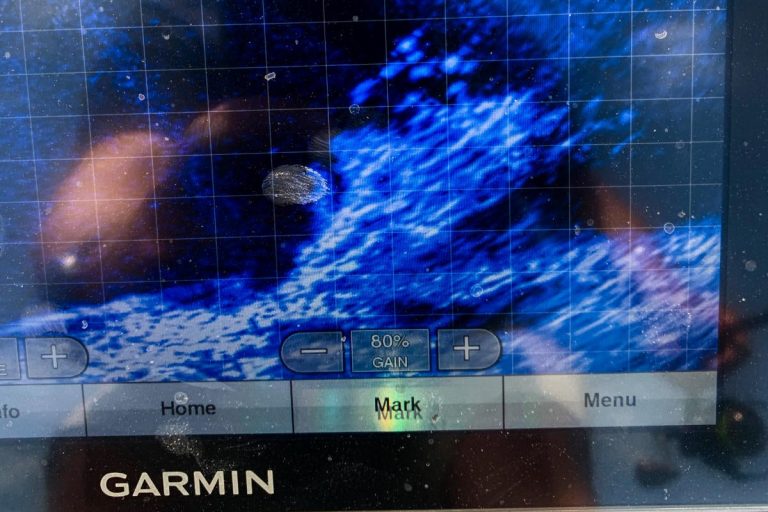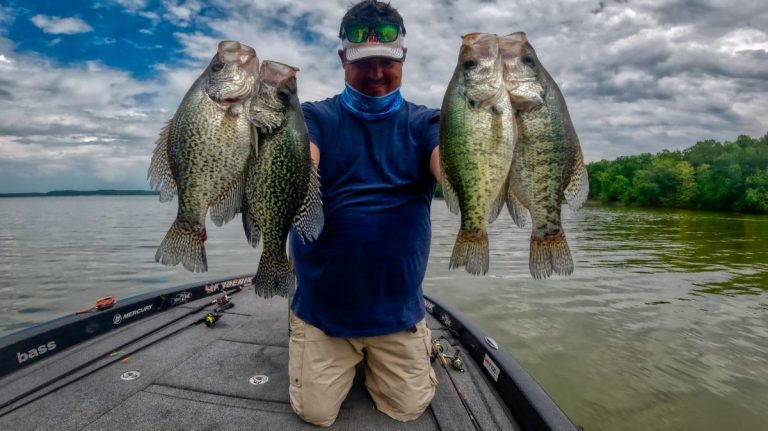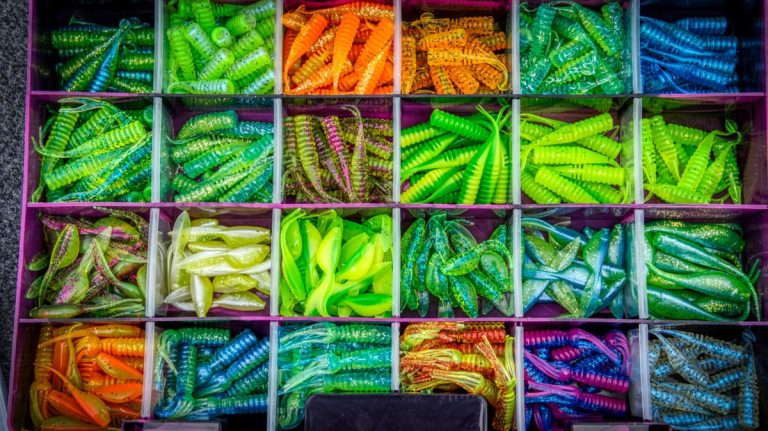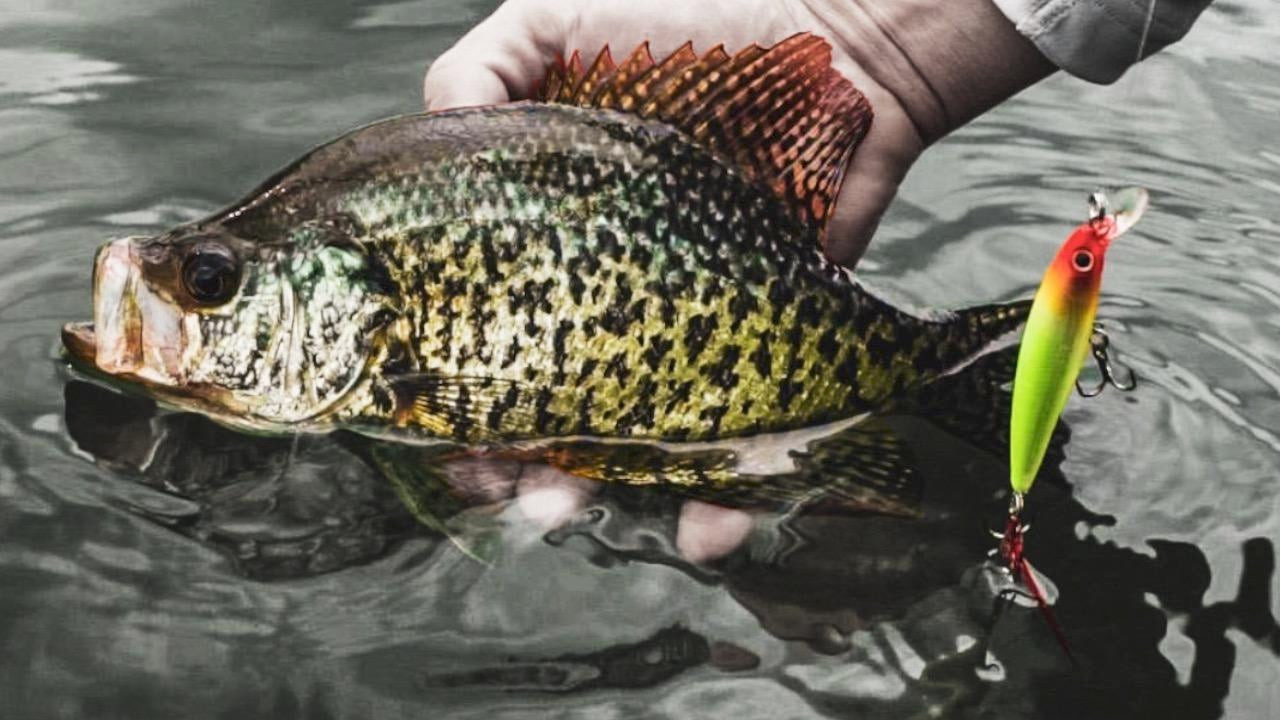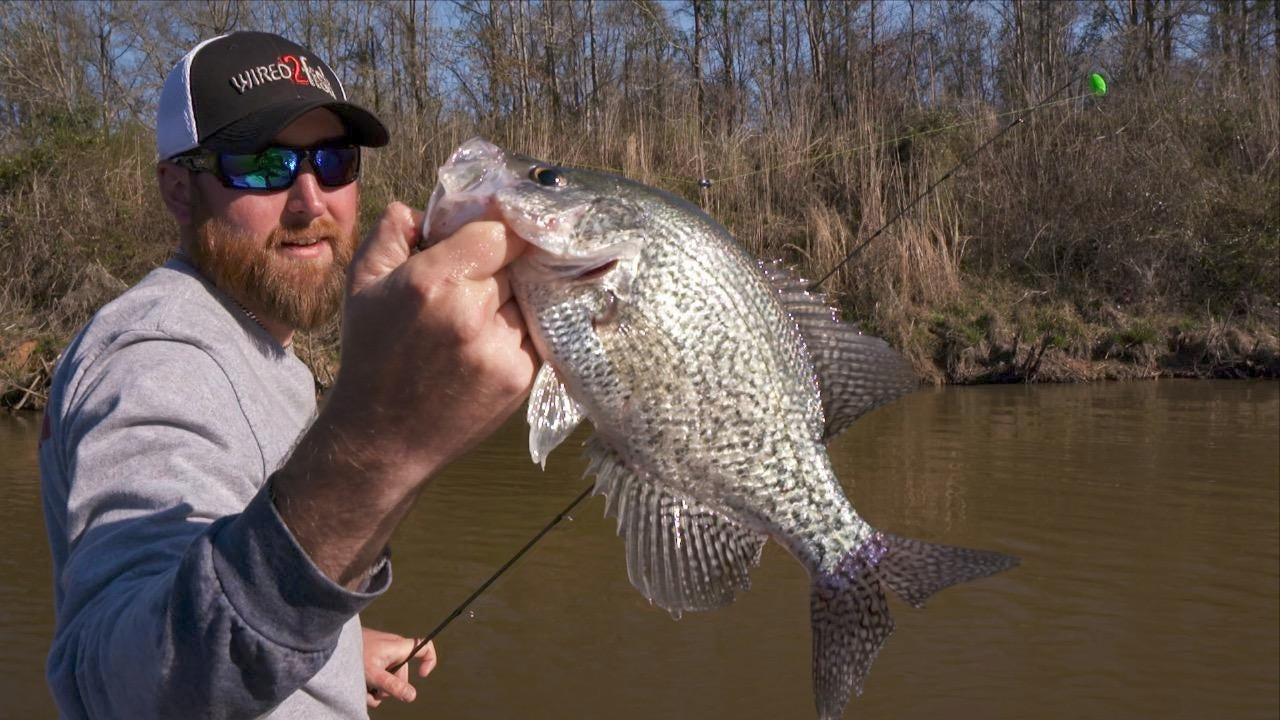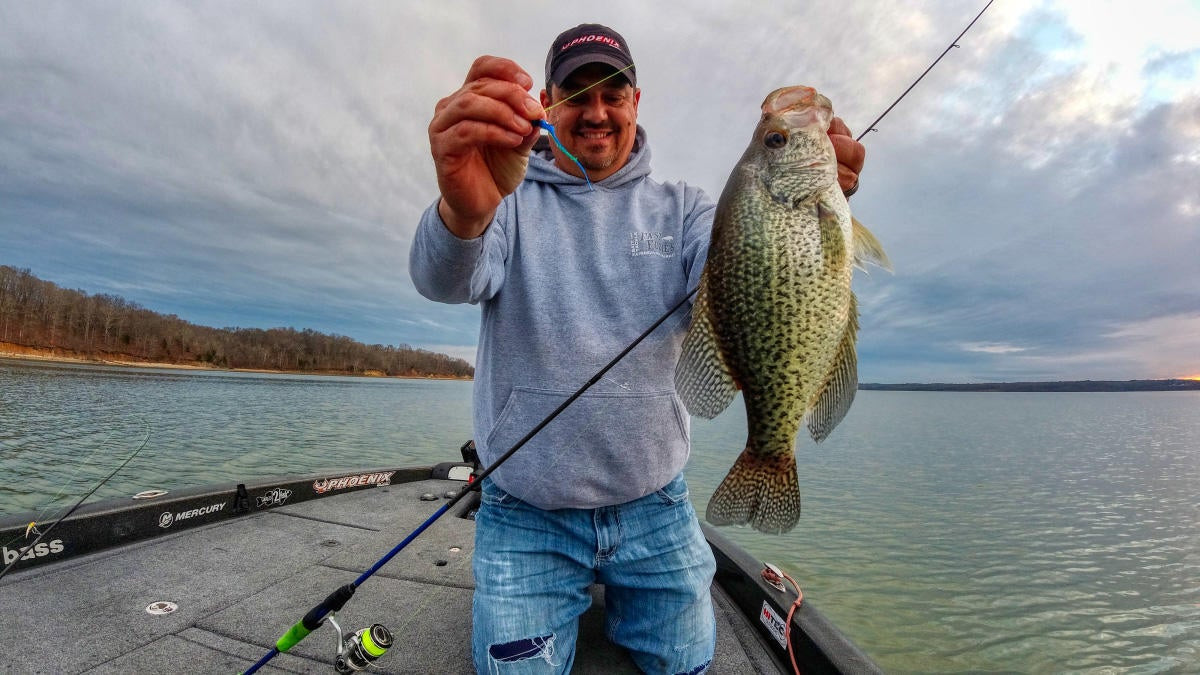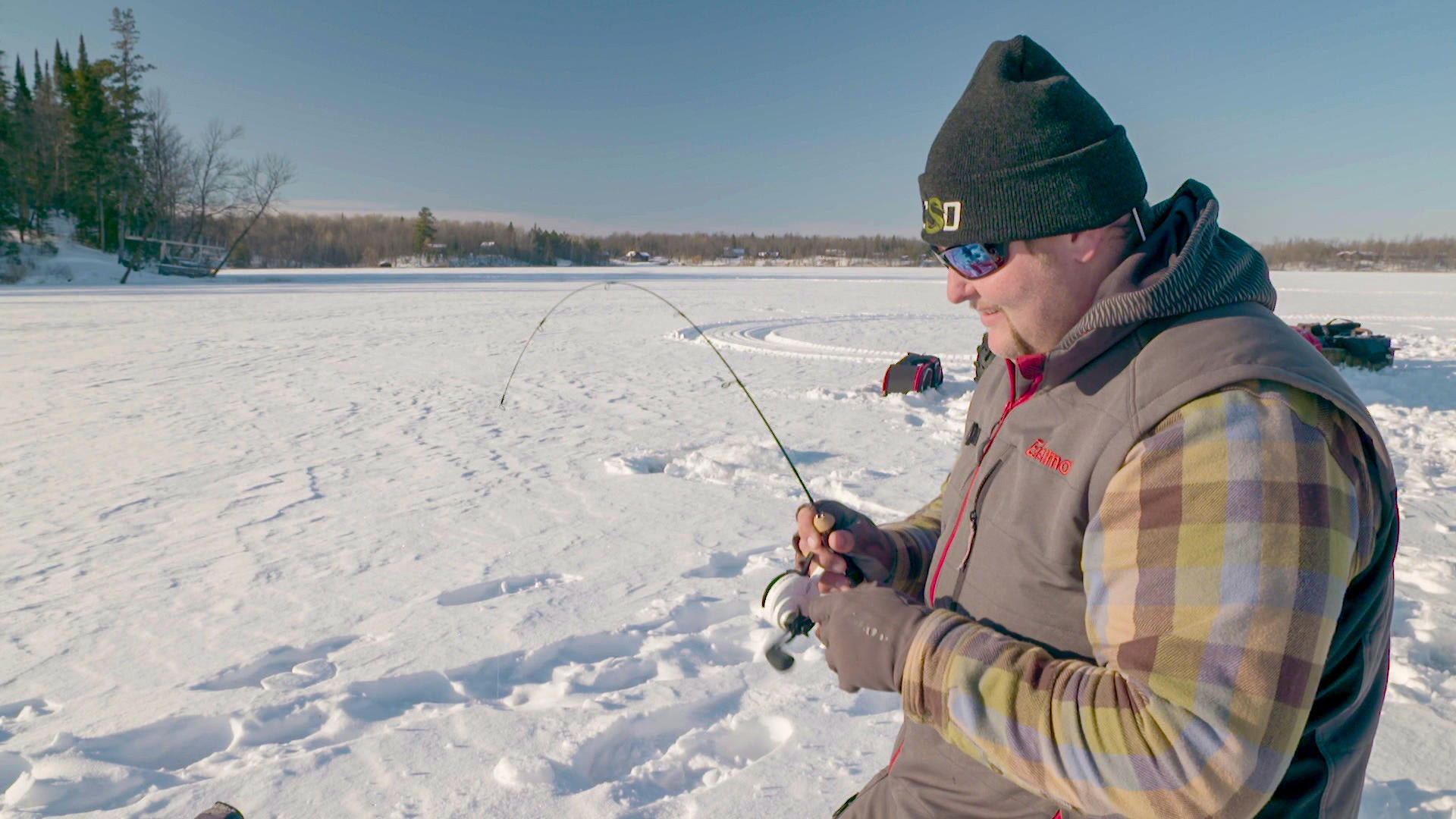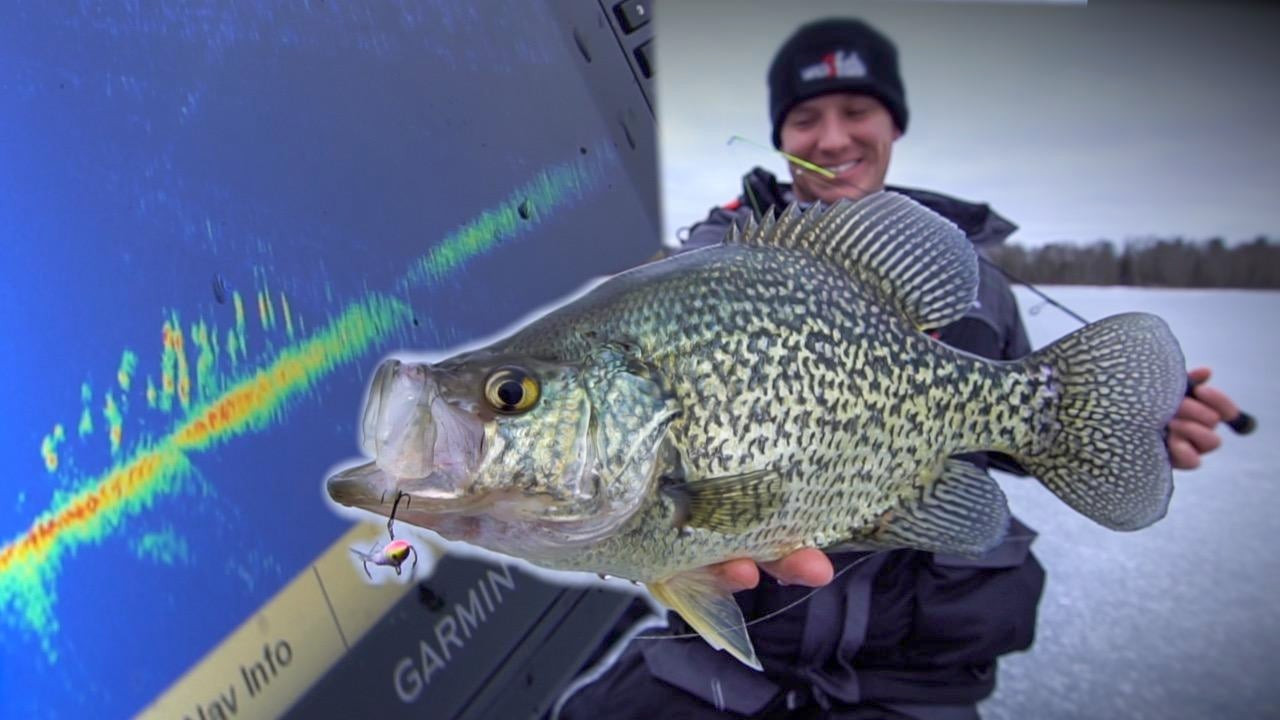I have been spending time practicing using my Garmin Livescope and Garmin Force Trolling Motor on my 20-foot Phoenix 920XP Bass boat to catch more and bigger crappie. Specifically catching an individual crappie I deem to be larger than the others near a piece of cover by precise placement of my lure and the slight to no movement around the fish it requires to irritate them into biting your jig.
It’s a process to get crappie to react to your bait. I’ll be the first to admit I catch a lot of my crappie from a distance before they ever know anything is up. Usually that first cast by a piece of cover yields a nice crappie as does subsequent casts and retrieves. But then you reach a point of diminishing returns where the other fish are wise to your game. Then it becomes a matter of precise placement and presentation to eventually coax a fish to bite. Sometimes color can make a different. Sometimes profile or size of the jig and plastic makes a difference.
But most of the time it’s how much the jig moves. Or as is often the case with crappie fishing, does NOT move.
I shared a piece a while back on the retrieves I use a lot in crappie fishing. But a friend’s inquiry recently led me to the conclusion that most anglers want to move the lure too much. With advent of modern real time electronics like Garmin’s Livescope. Anglers are getting to see EXACTLY how crappie react to your lures movements and placement in the water column. And often its this combination of presentation, not scent or color, that is what ultimately matters to getting bites. Before these real time electronics, we simply didn’t know how the crappie were reacting to our baits.
Here are handful of things to consider in how you present lures that I’ve learned from talking with other good crappie anglers and studying how crappie react to a jig’s presentation the last several months with my Garmin Livescope.





